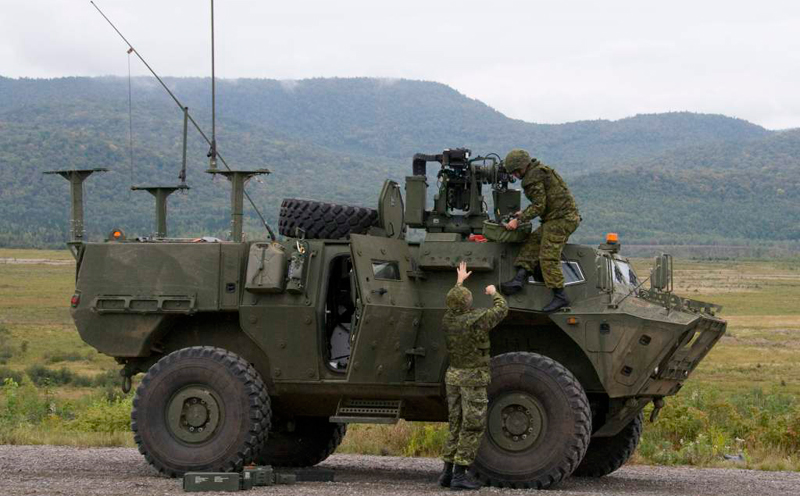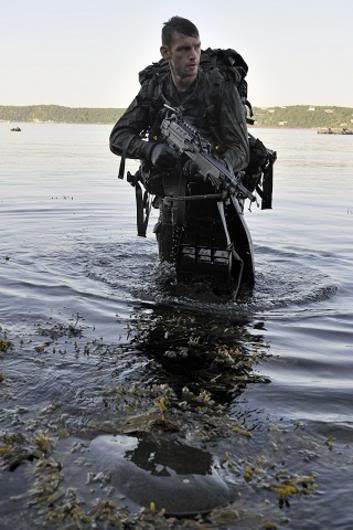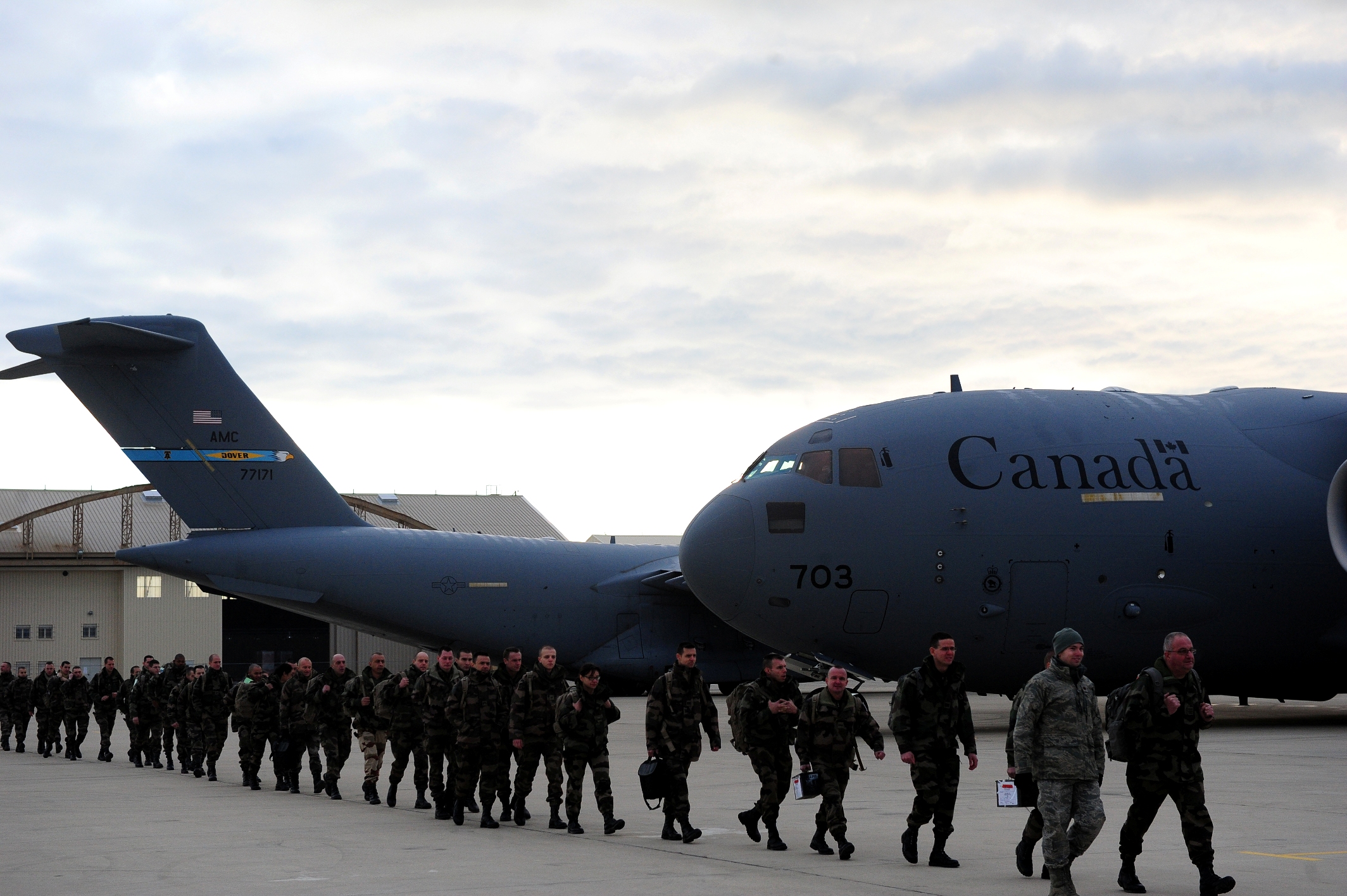As Canadian Army units prepare for the arrival of the new Tactical Armoured Patrol Vehicles (TAPV), consideration must be given to the application of this new platform as an armoured reconnaissance vehicle. The TAPVs have been purchased from Textron Systems Canada, to replace the RG-31 Armoured Patrol Vehicle and the LAV-II (Coyote), the Royal Canadian Armoured Corps’ primary armoured reconnaissance vehicle. As with most recent Canadian defence procurement projects, the process of acquiring the TAPV did not go smoothly and little detailed information regarding specifics on the vehicle or its employment have been made clear. It is therefore prudent to review some potential limitations of the platform, its technical advantages, and to make an argument for the overall benefit it can bring to the Canadian Army.
The TAPV program began back in 2009 during the later stages of the War in Afghanistan and by June 2012, Associate Minister of National Defence, Julian Fantino, announced the $1.25B contract had been awarded to Textron. The company also received the initial service contract for the first five years and will be responsible for much of the maintenance on the TAPVs during this period. The initial plan was for delivery to occur in 2014, and for the fleet to be fully operational by 2016. However during testing in 2013, substantial design issues were identified, particularly with the steering and suspension components, thus, delivery was postponed until Fall 2016. As a result of the delay, a life-extension process was required for the Coyote fleet and the anticipated date of operational readiness for the TAPV has been pushed to 2020.
One consideration regarding the effectiveness of the TAPV in the role of Combat Reconnaissance Vehicle (CRV) is the vehicle’s size. At present, Regular Force reconnaissance (recce) squadrons employ the LAV II, commonly known as the Coyote. In a profession where the ability to remain undetected is paramount, the TAPV is already coming in at a greater size and weight than the existing Coyote. At a height of 3.02m, the TAPV will be the tallest combat vehicle in the Canadian Army, and heavier than both the Coyote and LAV III. With a stated gross weight of 17,237KG, it will be nearly 3 tonnes heavier than its predecessor, which may limit its ability to perform cross-country.
However, the point must be made that the TAPV is designed with a focus on survivability. By increasing the clearance and subsequent height of the vehicle, any blast from beneath would be diminished prior to impacting the V-shaped hull. The design also includes ventilated wheel wells, which will help to disperse the force of the blast should a TAPV receive either an IED or mine strike. The weight of the platform is likely attributed in large part to the composite armour package that the TAPV is equipped with, which Textron says has the ability to stop up to 12.7mm armour piercing rounds. A trade-off for survivability, however, may be situational awareness. Armour is placed over the majority of the vehicle, in a design that limits the windows through which crew and passengers can observe the immediate area. In contrast, the RG-31 had windows surrounding most of the vehicle, which enabled the crew to maintain a practical field of observation around the vehicle.
Despite these potential shortcomings, a very tangible benefit of the TAPV may be its use by the Primary Reserve armoured recce units. Of the 21 Armoured units in the Canadian Army, 18 are Reserve. For the past decade, these citizen-soldiers of the Royal Canadian Armoured Corps have trained primarily on the Mercedes G-Wagen in a reconnaissance role. While much of the doctrine between the Regular and Reserve components is common, the platforms they employ it on are quite different. Few Reservists are qualified on the equipment their Regular Force counterparts operate, save for the few who may have deployed on operation and received the qualification(s) during pre-deployment training. The advantage here lies in the opportunity to see an increase in the number of Reserve soldiers trained, qualified, and proficient in the operation of vehicles and equipment they will be expected to use on operation. This will promote a greater level of integration between the two components and expedite the pre-deployment training cycle for Reservists.
The TAPV will also be fully equipped with a range of modern technology, which in many instances is superior to that currently employed in the CAF, in particular in the Reserves. A primary example being the modern surveillance suite that will come as part of the recce variant, which has been described as more user-friendly and able to observe from distance of up to 10 kilometres. As well, the TAPV’s main armament will be a Remote Weapons Station (RWS), comprised of a 7.62mm machine gun and 40mm grenade launcher. The fleet will also be furnished with a health and usage monitoring system. This will enable the transportation and maintenance arms of the Canadian Army to more easily track data on vehicle usage and maintenance schedules. A logistical benefit will include the ability to transport four TAPVs simultaneously in a single CC-177 Globemaster III, allowing for ease of deployment to theatres of operation around the world.
Ultimately, any concerns over the TAPV will either be put to rest or substantiated once the Army begins employing them. While it cannot likely be described as the perfect CRV, the TAPV does provide recce units with a modern, common, and capable platform from which to operate. To take full advantage of this opportunity and expedite the development of potentially new tactics and doctrine, it is imperative that soldiers and units from both Army components embrace this new vehicle and seek the best methods for maximizing its capabilities on the modern battlefield.
Photo: Testing is underway at Valcartier to ensure the reliability, availability, maintainability, and durability of the TAPV (2013), by Ryan Ferrara, Army Public Affairs via Government of Canada. Licensed under CC 13-0106.
Disclaimer: Any views or opinions expressed in articles are solely those of the authors and do not necessarily represent the views of the NATO Association of Canada.




